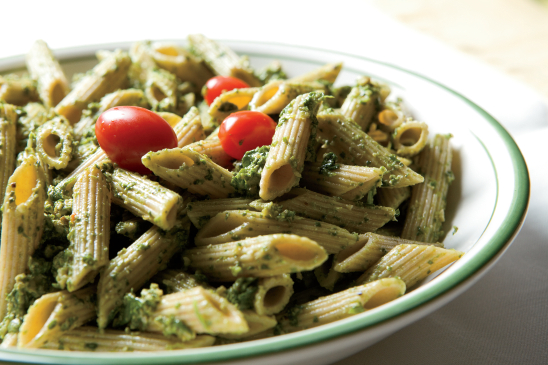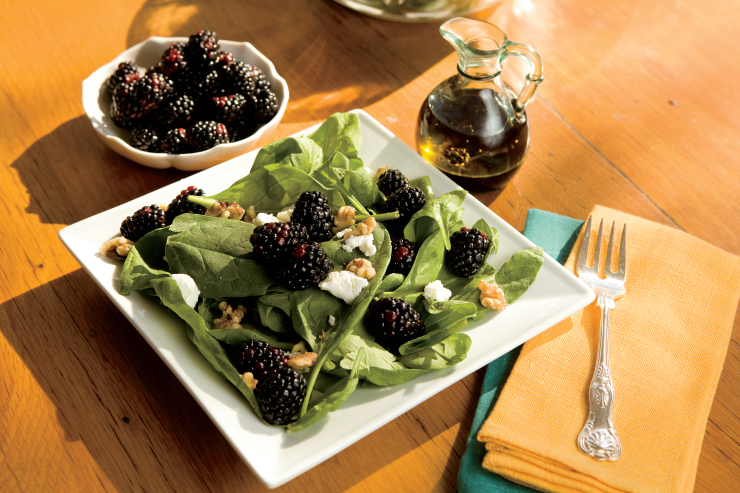Home > Lifestyle > Eats & Drinks > What’s in Season: Spinach
What’s in Season: Spinach
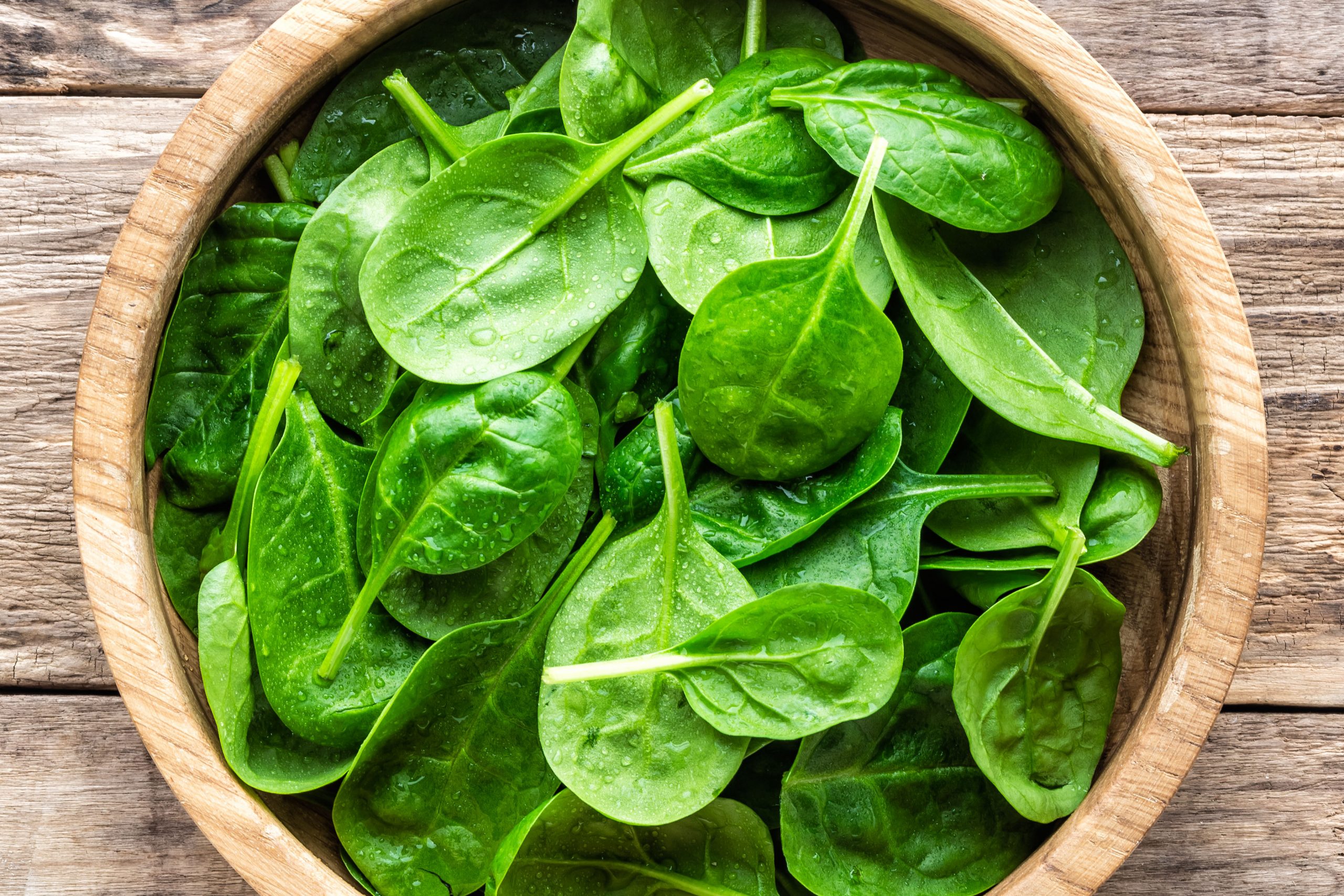
Many of us spent our childhoods pushing this leafy green around our plate or sneaking great gobs of it to the equally uninterested family dog. Thankfully, I have come to my senses and now appreciate the rich flavor of spinach in a variety of dishes or simply by itself.
Benefits of Spinach
Late winter months call for a seasonal vegetable that is both hearty and packs a nutritional punch. Spinach is chock-full of vitamins A, B and C to help you combat that cold that’s been floating around. It also provides iron, antioxidants, protein and plenty of fiber.
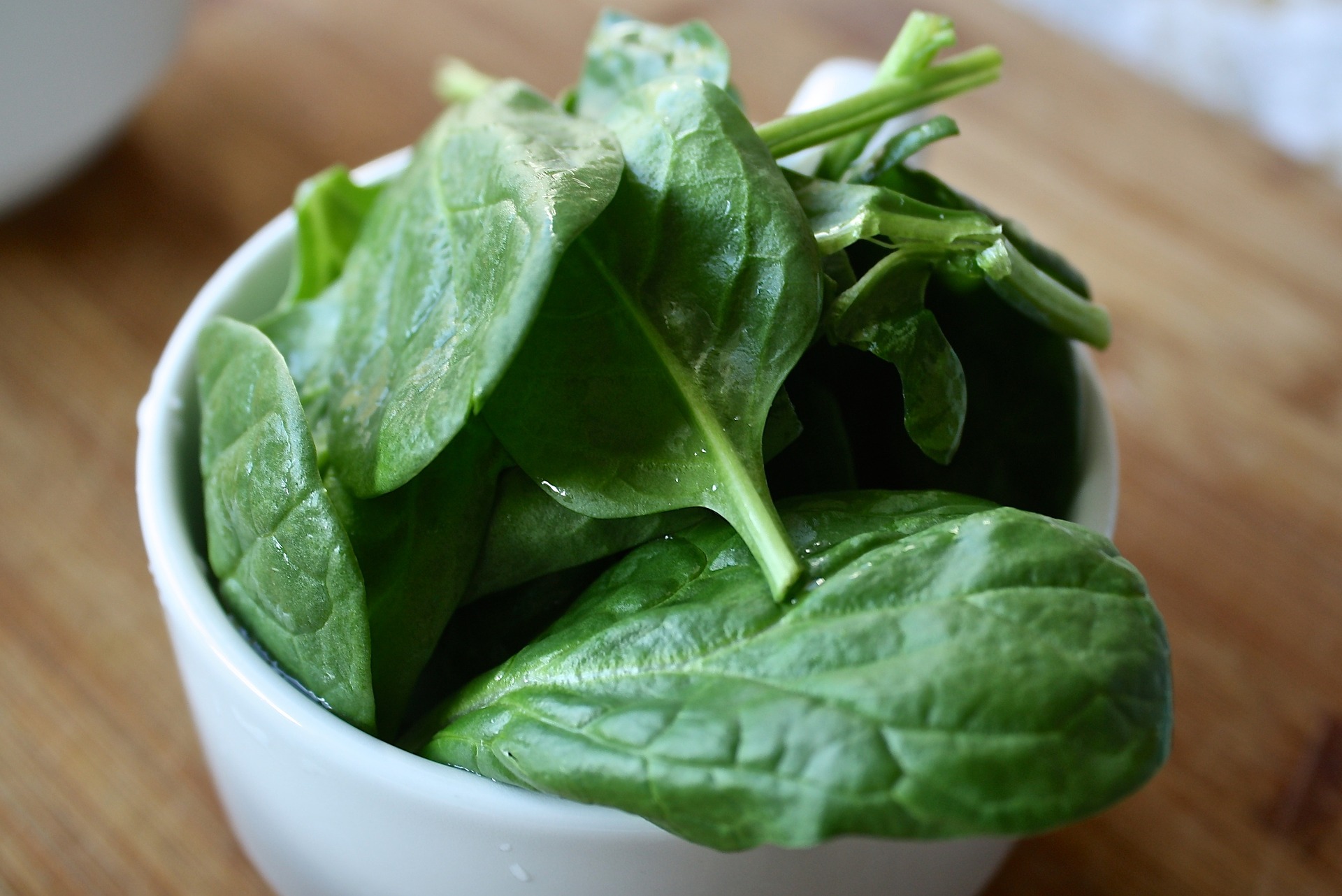
Spinach Production
Though spinach is usually available year round, it tastes best when fresh and in season. It grows all over the United States but requires some very particular conditions. Learn more facts about spinach production below:
- California produces over half of the spinach in the U.S., followed by Texas and New Jersey.
- Spinach is a cool-weather plant, which means it can withstand lower temperatures.
- Moist, nitrogen-rich soils are ideal for spinach production.
- Spinach seeds are planted six weeks before the last frost in the spring when the ground begins to thaw or six weeks before the first frost in the fall.
- Seeds will not germinate in temperatures higher than 70 degrees.
- The emerald leaves grow in clumps above ground and enjoy full sunlight to light shade.
- Spinach may be harvested when it reaches the desired size, whether it be baby spinach or large leaves.
- To harvest, cut the plant at the base or pull off outer leaves, allowing inner leaves to continue growing.
- Timing is especially important to avoid bolting, or flowering, as daylight lengthens in the spring. Bolting will cause leaves to become bitter.
Shopping for Spinach
Selecting your perfect bunch of spinach requires attention to color, texture and variety. Look for leaves that are crisp and green. Avoid limp leaves with spots or mushy sections.
Varieties include:
- Savoy spinach – Curly and dark green, usually sold in fresh bundles.
- Flat-leaf spinach – Smooth leaves, often used in frozen, canned or processed spinach products.
- Semi-savoy – A hybrid that can be used for processing or sold fresh.
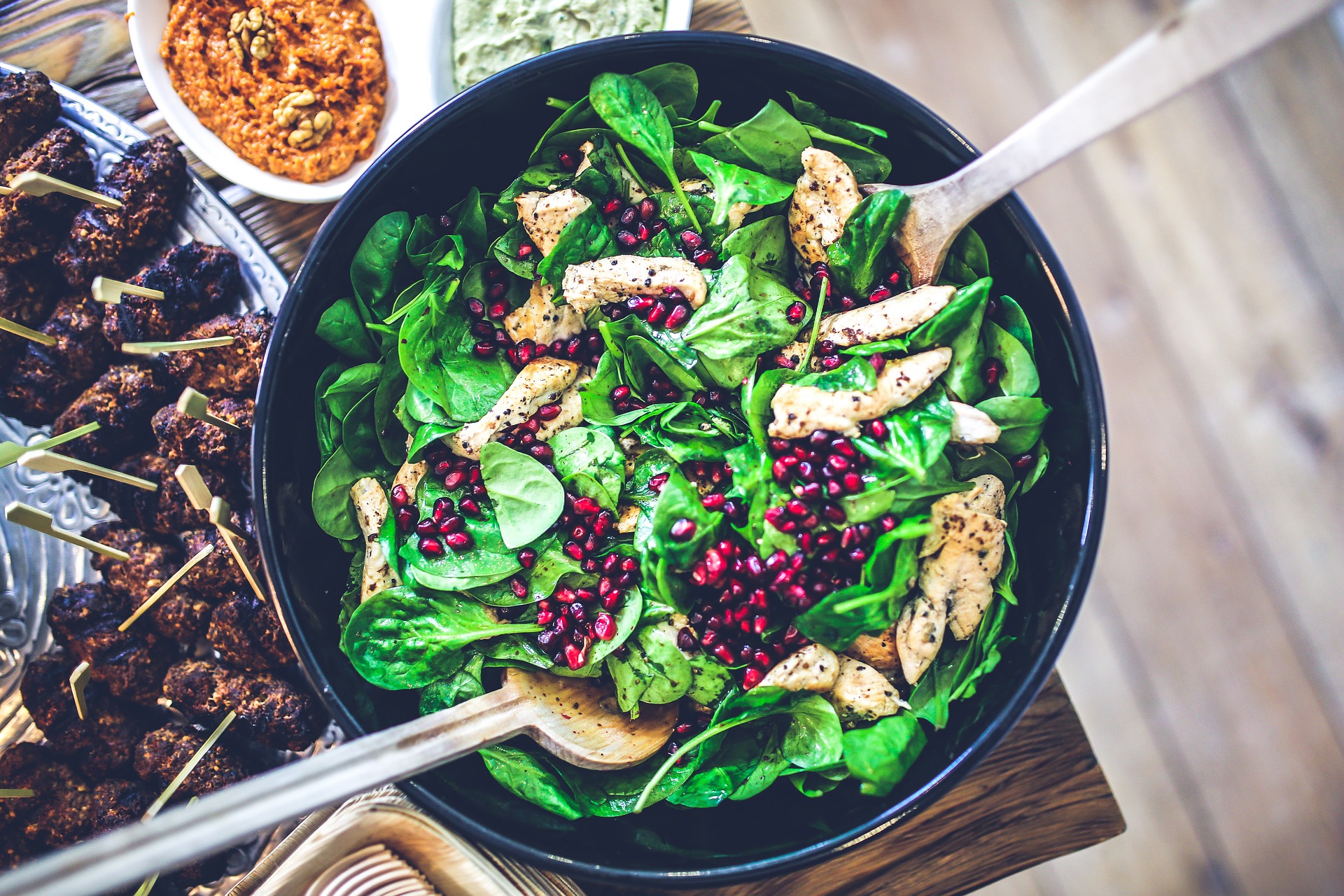
Storing Spinach
Before embarking on a culinary adventure, be sure to wash your spinach gently with cold water and pat dry with a towel. If you plan to use your spinach within the week, refrigerate it in a plastic bag with a paper towel to absorb extra moisture. If you want to freeze your spinach, wilt the leaves in boiling water and freeze them in an airtight bag or container. Using this method, the spinach will stay good for up to two months.
SEE MORE: All About Arugula, Spinach and Kale




